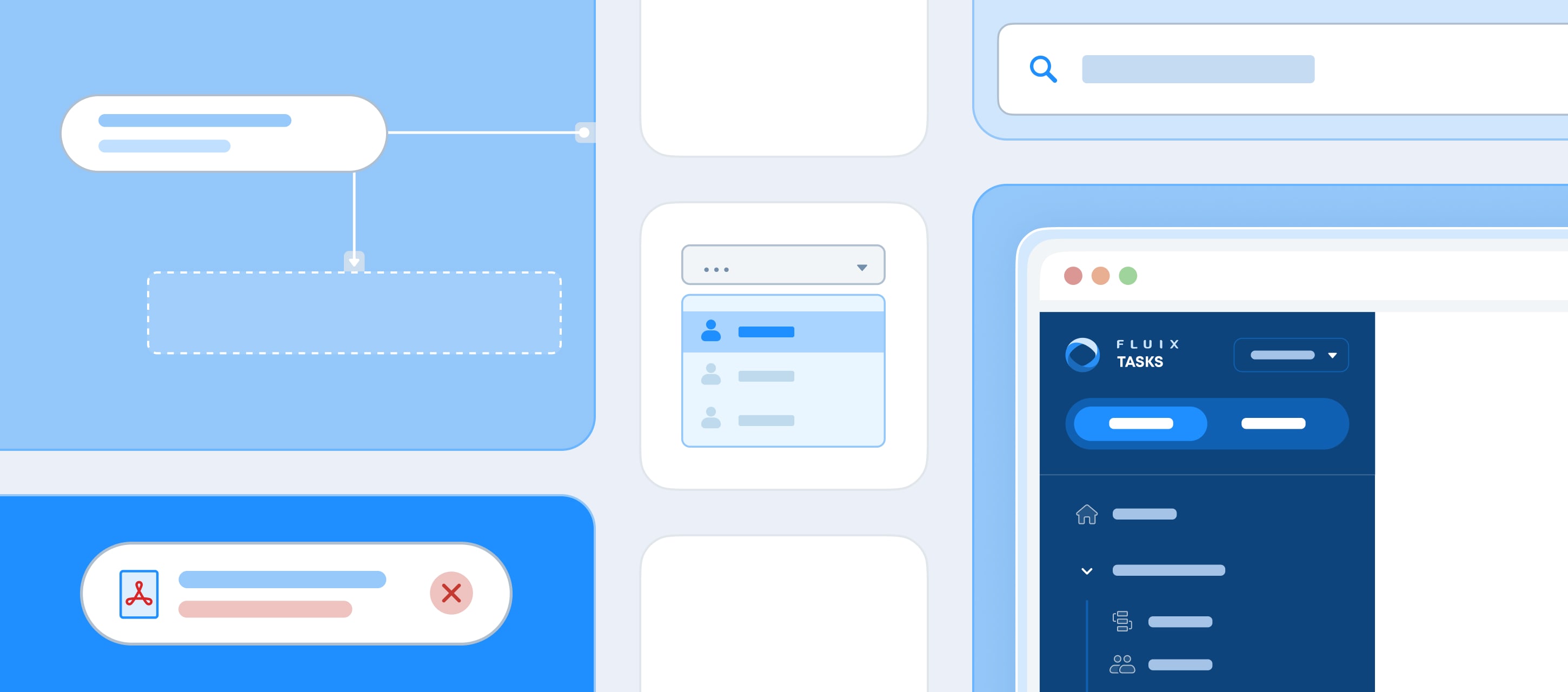There are numerous reasons why digital transformation is essential in enterprise organizations. The cost of paper and printing. The opportunity cost that is lost with long cycle times, as employees wait for others’ approvals, feedback, or collaboration. The impact on employee satisfaction.
What about the digital customer experience?
Recently, Fluix has worked with national companies in the United States, Switzerland, and Germany to transform manual processes into 100% paperless processes across their field teams. For three large enterprises, the goals were not limited to streamlining operations or speeding up the path to revenue. Their goals included digital experience strategy (whether they actually called it that or not).
By moving from paper to digital, these companies also unlocked massive opportunities for data capture and decision-making. Fluix was their digital experience platform of choice. Not DocuSign. Not Adobe.
Defining Customer Experience
Years ago, Jan Carlzon, then-CEO of SAS Group, wrote a landmark book titled “Moments of Truth,” chronicling his efforts to transform SAS from an unprofitable, struggling airline, to a leader in the industry.
The core message of the book is this: If you document and improve every interaction your company has with customers towards a positive outcome, your business will succeed.
It was his recipe for successfully turning SAS around.
A few revelations from the book:
- “Everyone wants to be treated as an individual.”
- “Giving someone [an employee] the freedom to take responsibility releases resources that would otherwise remain concealed.”
- “SAS is not a collection of material assets but the quality of the contact between an individual customer and the SAS employees who serve the customer directly (or, as we refer to them, our ‘front line’).”
- “Last year, each of our 10 million customers came in contact with approximately five SAS employees, and this contact lasted an average of 15 seconds each time. Thus, SAS is ‘created’ 50 million times a year, 15 seconds at a time. These 50 million ‘moments of truth’ are the moments that ultimately determine whether SAS will succeed or fail as a company.”
SAS considered even the smallest interactions between company representatives in order to improve and transform the company.
Though it was written in the 1980s, it’s as relevant today as it was then. Perhaps more so. In a later interview Carlzon had this to say about how he happened upon the lessons of focusing on the customer experience:
“And if you realize that the real value…is the perception of a customer when they use your company’s products and services, you will also ask yourself what is, then, the company?
“And for some time, we thought if we just had very new and nice and technically developed aircraft, people would regard our company as good. But when we questioned our passengers, it showed that 90 percent of them didn’t even know what kind of aircraft they were flying. Where did they get their impression or perception of the company?”
Today, it’s more important to have digital customer experience management in mind, not just face-to-face touchpoints.
Other Examples of Legendary Customer Service
Putting an emphasis on the customer experience has been the key to numerous companies’ success. Southwest Airlines and Nordstrom are other success stories over the years. And Amazon.com has mastered both the big and small ways a digital customer experience can lead to a positive outcome, as well as increased sales.
Amazon is a particularly interesting example because 99% of their interactions with customers are digital. No human involved. They’ve made the experience of buying so easy that consumers have been willing to set aside the need to speak with a representative in almost every single instance, including returns and exchanges.
Moments of Truth in 2020 and Beyond
In many ways business is conducted much differently in 2020 than it was in 1987. The internet, Google, Amazon, smartphones, and even COVID-19 have all played their part in changing how business is done and how customers get impressions about the companies they work with.
But the principles are the same. Even small interactions can impact what a customer thinks of your business, whether you’re securing deals to co-develop offshore wind farms or selling swimming pool renovations to a private homeowner.
Fluix has played a huge part in making the contract review and execution process clean and simple, at scale, for organizations around the world. These organizations once pushed papers for customer contracts, renewals, and claims management, which adds unnecessary time delays and creates data re-entry work for employees.
Fluix makes digital customer experience management more accessible for organizations — even if done face-to-face on an iPad. It’s secure, fast, and fosters trust and confidence. It may be difficult to put a direct value on the impact on the customer experience, but it is as urgent today as ever.







